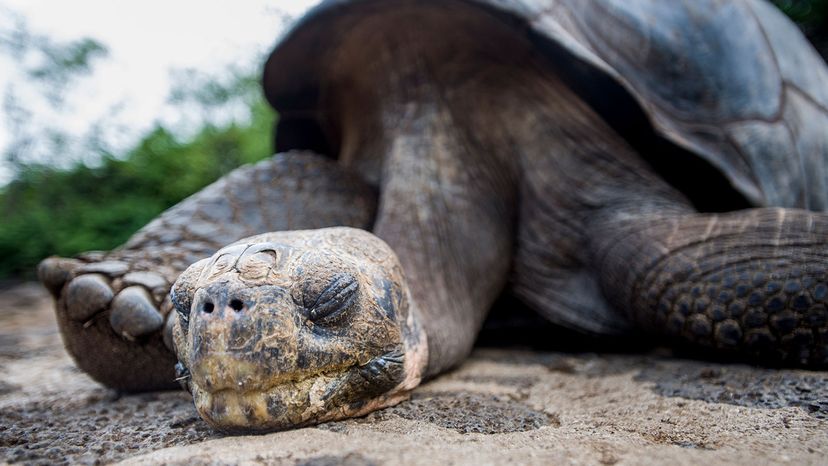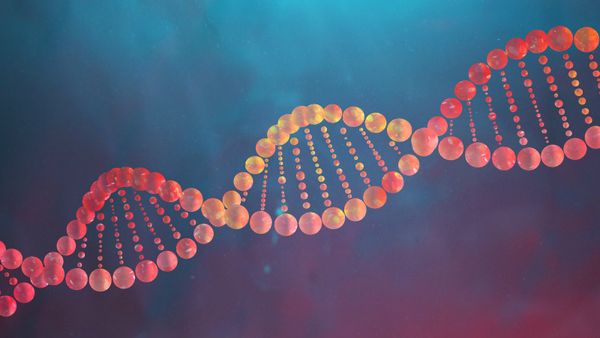
In the 19th century, hungry pirates and sailors, along with invasive species like rats and goats, took a toll on many Galapagos Islands animal populations. One of those species became extinct in 2012, when a roughly 100-year-old giant tortoise named Lonesome George died after 41 years at the Charles Darwin Research Station. But the 5-foot (1.5-meter) long Pinta Island specimen left behind some fascinating genetic information.
As part of a study published in Nature Ecology and Evolution, researchers sequenced George's genome, as well as that of another type of tortoise (the Aldabra giant tortoise) and learned that these tortoises have more copies of genes that contribute to longevity, immune system robustness and tumor suppression than other animals. Perhaps none of this is surprising given that a few tortoise species can live more than 250 years.
Advertisement
Scientists compared the tortoises' genomes with those of some other creatures with relatively long lifespans, like whales, humans and bats. They made some vital correlations — for example, some of the genes attributed to longevity were the same in both tortoises and humans. And appearances aside, it turns out that humans and tortoises actually share quite a lot of genes, in large part because they had a common ancestor roughly 300 million years ago.
Researchers first used computer algorithms to separate the tortoises' genomes. But they also dug into the data manually, focusing on 3,000 genes related to longevity, inflammation and disease development, as well as some cancer-fighting properties. They pinpointed variants that repaired DNA and suppressed malignant tumors.
As they studied the tortoise genes, the scientists found several variants linked to aging, including some that had never before been identified as part of the aging process. Better understanding of these biochemical functions may help researchers understand how aging and diseases progress in humans, too.
Advertisement


